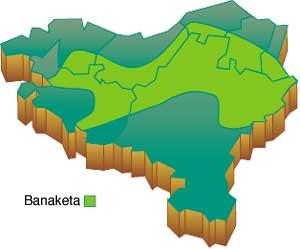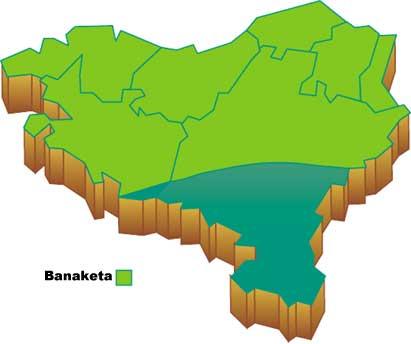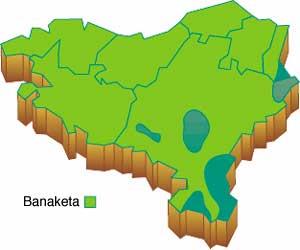Slender, eye-catching and drunk: MADROÑO
1995/11/01 Terés, Joxepo Iturria: Elhuyar aldizkaria
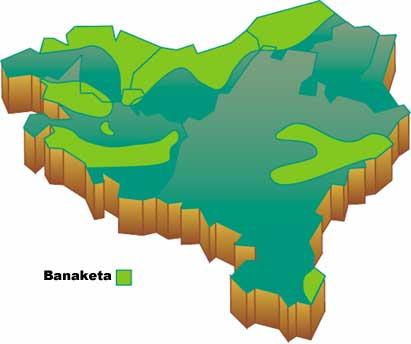
As we review the family of this species, when we study the ram, we begin to know the genus of madroño. In general, these shrubs or trees are green throughout the year and have as fruit a striking circular berry. About 25 known species within the genus Arbutus are found in the northern hemisphere. Of all these species, the madroño (Arbutus unedo) is the only one found among us, even on the peninsula, in which it is only found.
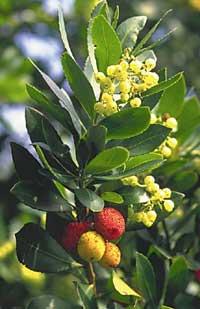
The madroño is a shrub or small tree that can reach 5 m. in height and exceptionally more than 10 m. Bark of the brown-reddish or brown-greyish trunk that is detached in scales and in longitudinal crushed. Young bids are usually reddish. Simple leaves, leathers, extended-lanceolate, farms sawn on the edge or almost entire. In general, bright greens at the top with lusts and at the bottom paler. The flowers, on the other hand, hang on the terminal panicles, are whitish, often dyed green or pink. The fruit is a circular berry of 2-2,5 cm of diameter, green at first and red-orange when ripe. It flowers in autumn and early winter and as the fruits of the previous year arrive in the same way, it acquires a very beautiful appearance. These berries can be eaten, but if they are eaten a lot and when they are very mature they can have some alcohol, they can also cause headache and drunkenness.
The madroño needs a soft climate and we can find it in any type of soil. It is dispersed in most of the Basque Country. More abundant on the coast, it is located mainly in holm oaks, oak and carrascales, and often in communities that replace them. It is also abundant in the presence points of the cork oak, sometimes forming significant series. Wood has been used as fuel, providing good quality coal.
It has also been used as a medicinal herb. The Romans considered it a sacred tree, used to scare the witches and heal the enchanted children. The berries are edible and are used to make jam, liqueur and vinegar, indicating their astrigent properties. The leaves and skin have tannins and has been considered curative of diarrhea and dysentery. Flowers have also been used to improve perspiration and roots to combat bleeding.
Family: Ericaceae |

Gai honi buruzko eduki gehiago
Elhuyarrek garatutako teknologia




